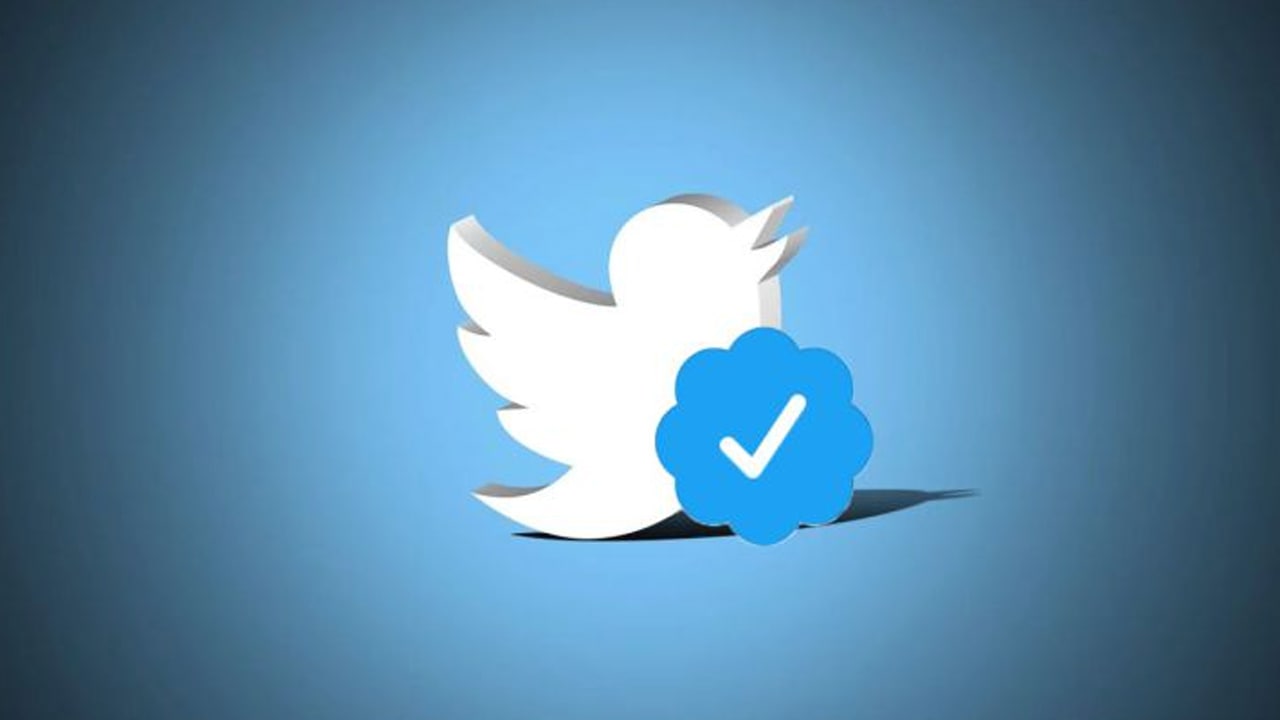In a recent move, Twitter has removed the verified blue tick from numerous accounts, including high-profile celebrities like Beyoncé and Cristiano Ronaldo.
This change comes as Twitter’s owner, Elon Musk, attempts to restructure the social media company and increase profitability. The decision to charge users $84 a year (£67) to keep their blue tick verification has also caused widespread reactions on the platform.
This move by Twitter has significant implications for the world of social media and digital marketing. The verified blue tick was previously seen as a coveted symbol of status and credibility on the platform, particularly for public figures and brands.
By removing this verification from thousands of accounts, Twitter is redefining what it means to be a verified user and how much value that verification holds.
Furthermore, the introduction of Twitter Blue as a paid subscription service raises questions about access and equality on the platform. It appears that Twitter is now monetizing its verification process, effectively creating a two-tier system for users.

This has led to concerns that the platform is becoming increasingly elitist and exclusive, particularly for smaller businesses and individuals who cannot afford to pay for the verification.
US rapper Ice T has commented on the controversy surrounding the removal of blue checkmarks from Twitter accounts, stating that it is a sad moment in society that we are even discussing such symbols of authority.
The blue checkmark was originally introduced by Twitter in 2009 to combat imposter accounts, and it quickly became a coveted status symbol. However, with Twitter’s recent decision to charge users for verification, the meaning and significance of the blue checkmark may undergo a significant shift.
This move towards monetizing verification has the potential to create a major cultural and power shift on the platform.
The end of the blue check mark era
Before the introduction of Twitter’s verification feature in 2009, celebrities such as Kanye West, Shaq, and Ewan McGregor spoke out about being impersonated on the platform.
The blue tick then became a status symbol that set famous accounts apart from imposters. However, with Twitter’s new policy to monetize verification, a celebrity’s follower count may become the only way to tell the difference between a genuine account and an imposter.
This lack of verification has already caused confusion, with accounts such as one posing as Hillary Clinton claiming to run for the presidency. Experts warn that such tweets could lead to the spread of misinformation.
Although Elon Musk claims that getting rid of Twitter’s verification is a move towards content democratization, critics argue that it could lead to the spread of disinformation, as Twitter Blue subscribers will get priority rankings, and only verified accounts will appear in the For You stream.
Social media monitors and experts worry that the surge in paid verification could exacerbate the spread of misinformation on the site, which would harm Twitter’s revenue from its verification subscription model and could discourage advertisers from using the site. Nonetheless, Mr Musk believes that pain is a part of change and that the trend is overall positive.

The impact of Twitter’s decision to remove the blue tick verification from many accounts and monetize verification could be significant. The move could lead to confusion on the platform, as users may not be able to distinguish between real and fake accounts.
This could potentially amplify disinformation and misinformation on the site, which could scare off advertisers and undermine any extra revenue Twitter is getting from its verification subscription model.
On the other hand, Twitter’s decision to monetize verification could lead to a cultural and power shift on the platform. Only verified accounts will appear in the prominent For You stream, which could make it more difficult for unverified accounts to gain visibility and followers.
This could potentially democratize the content on the site, as verified accounts may not have as much power as they did before. Ultimately, it remains to be seen how Twitter’s decision will affect the platform and its users.











